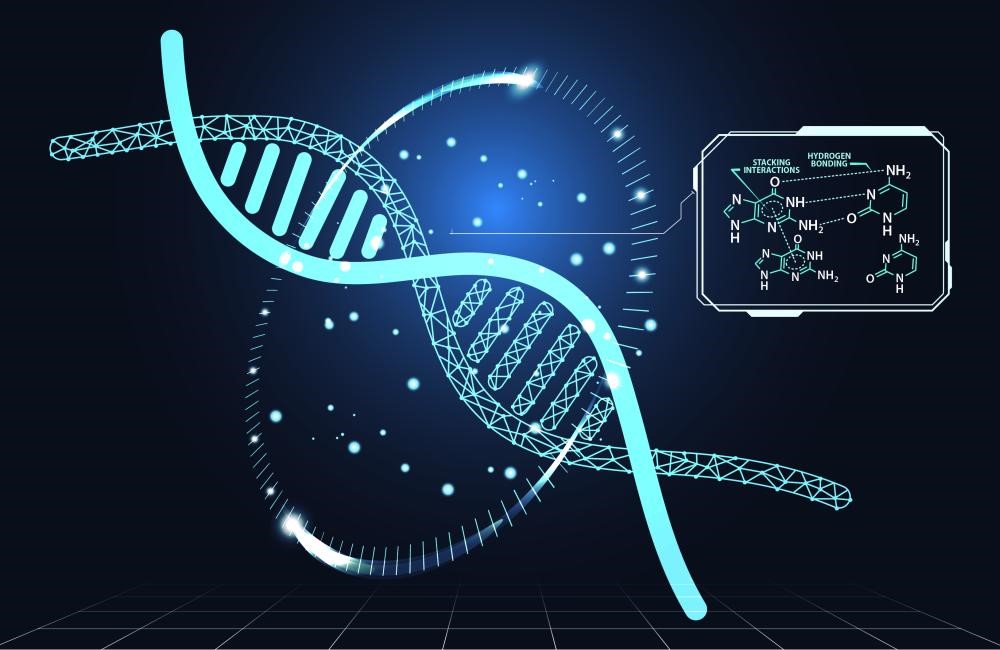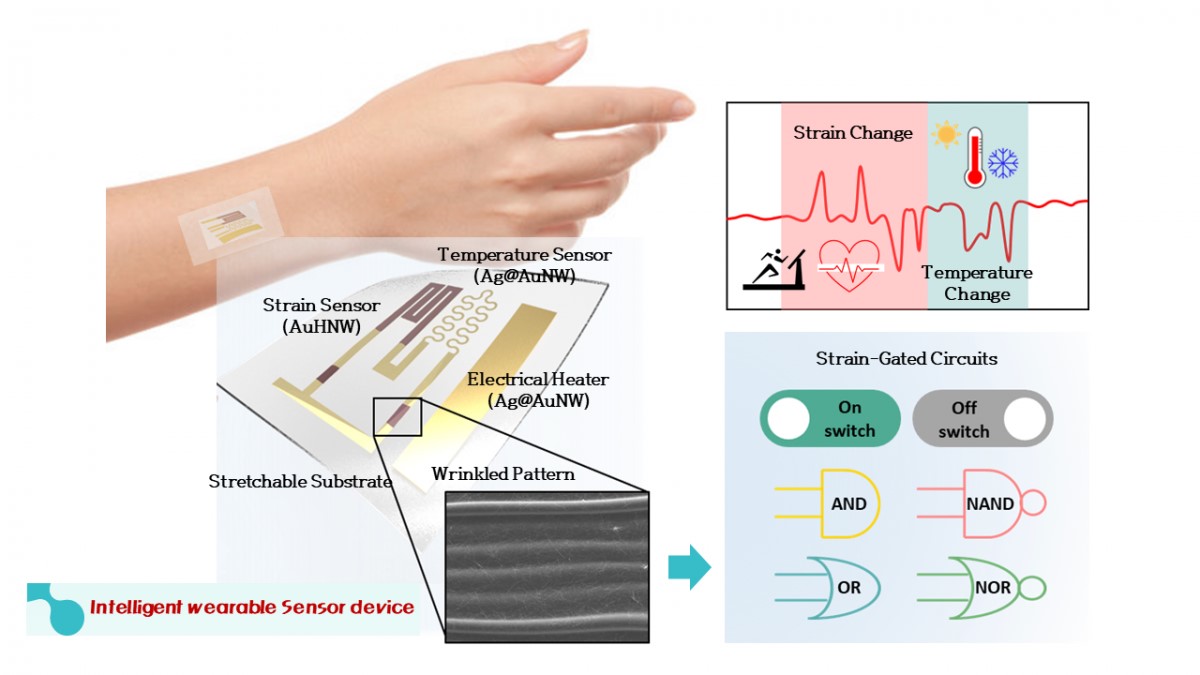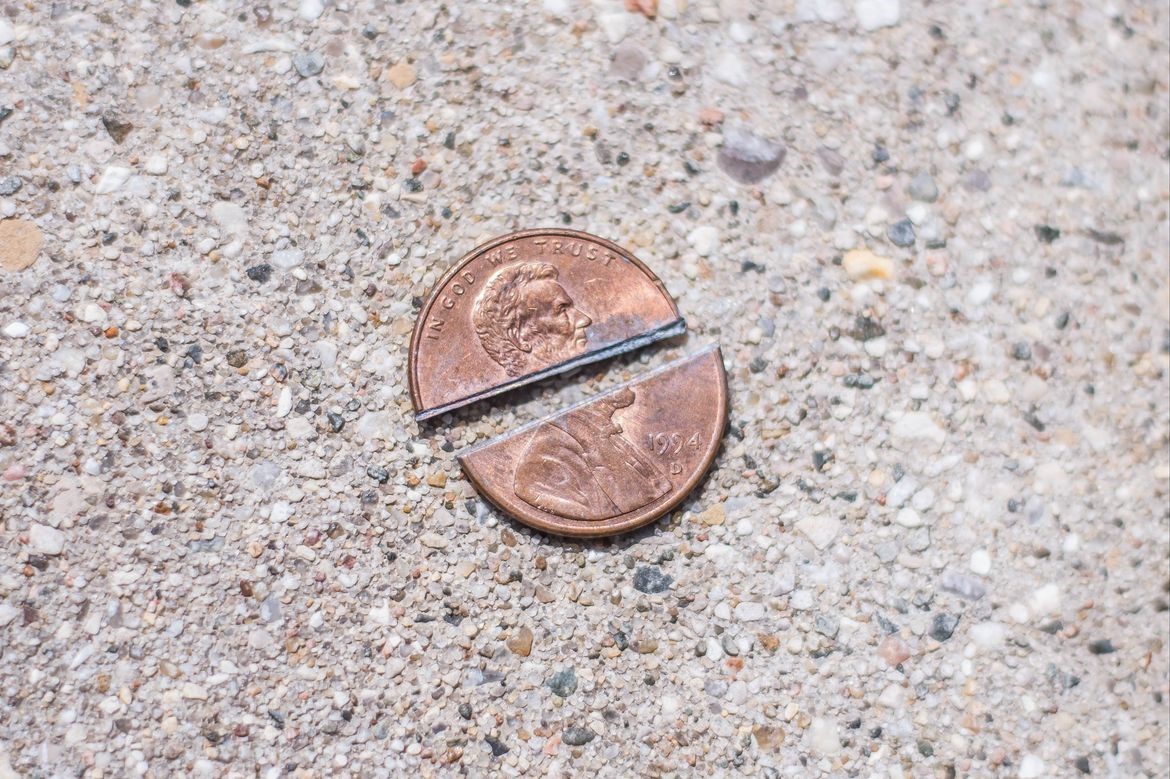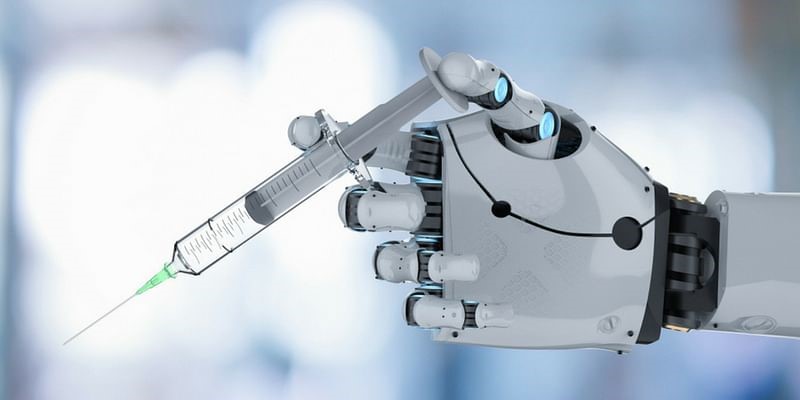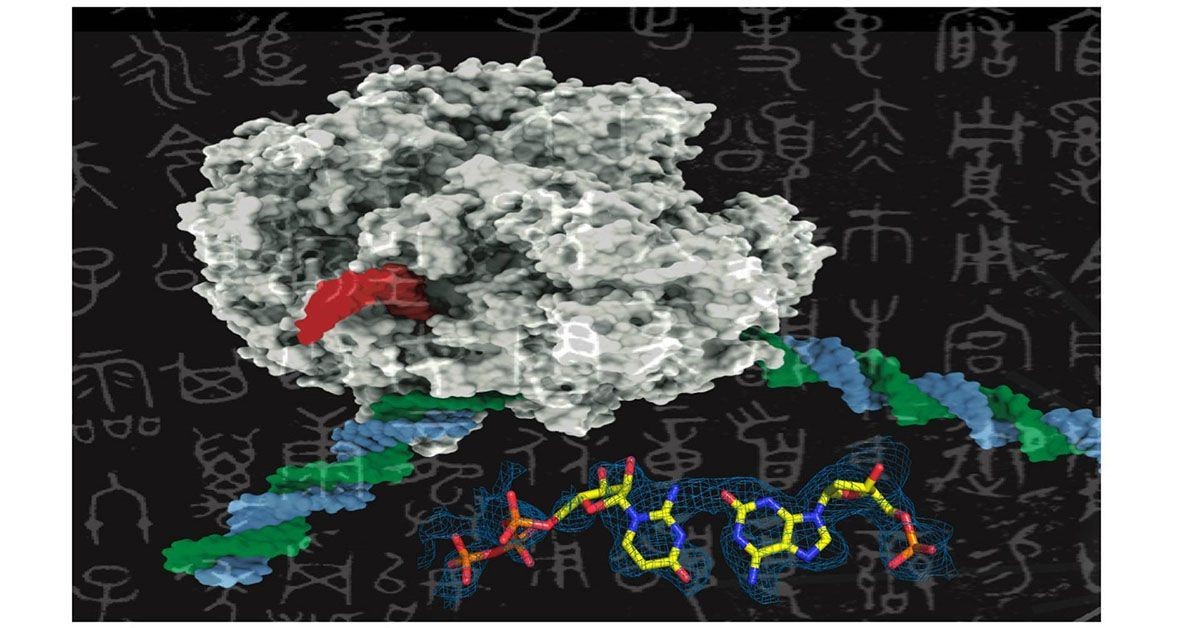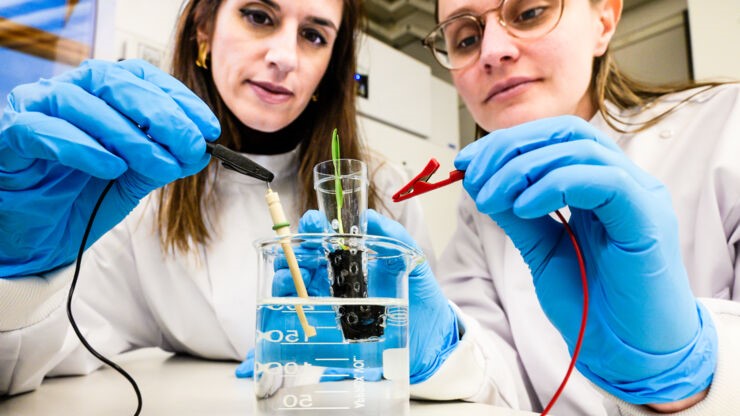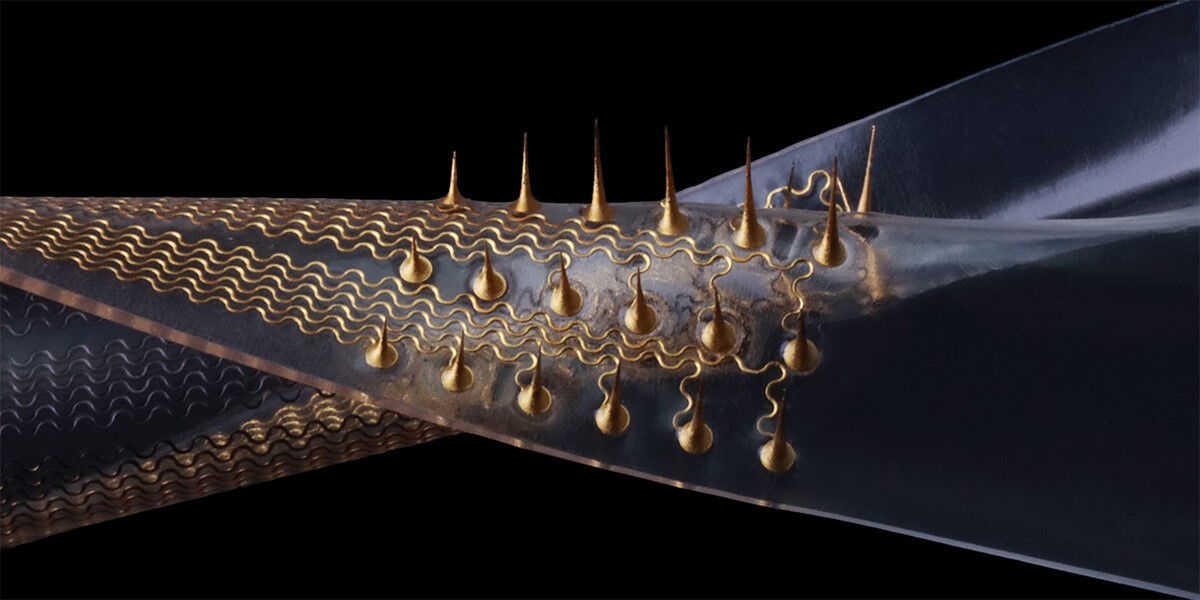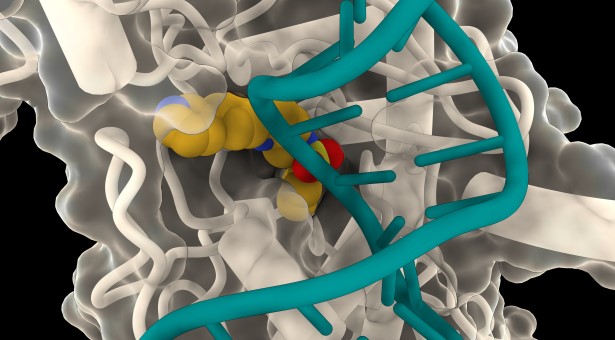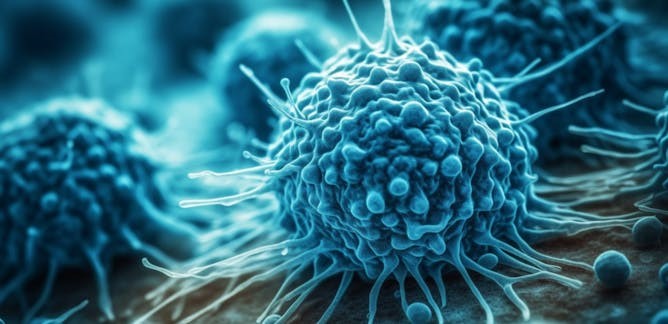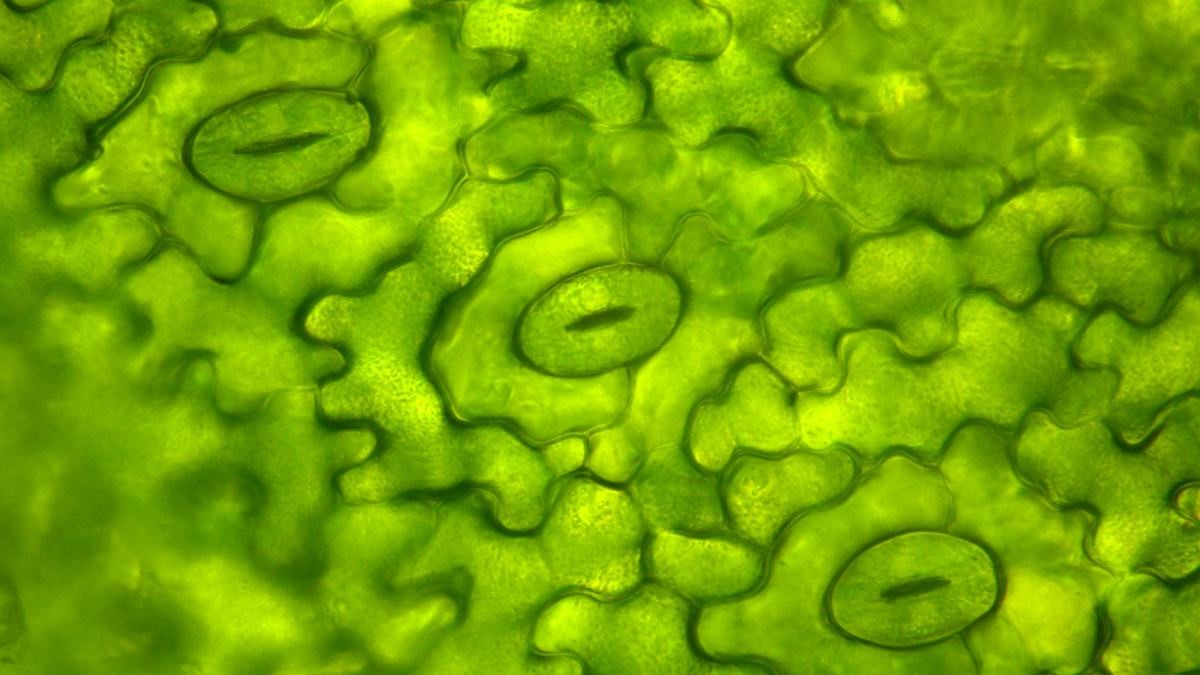Advancements in Tailor-Made Chiral Nanocarriers for Controlled Drug Delivery
Scientists have achieved a major milestone in developing custom-designed chiral nanocarriers with controllable release characteristics. Inspired by natural helical molecules such as DNA and proteins, these nanocarriers hold great promise for precise drug delivery and other biomedical uses.
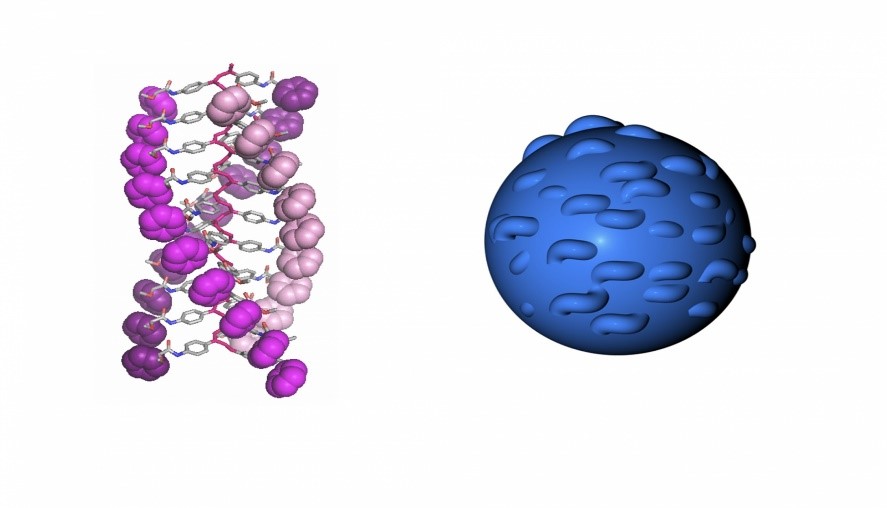
Figure 1. Chiral Polymers. (Credit: E. Quiñoá - F. Freire Group | CiQUS)
Led by Professors Emilio Quiñoá and Félix Freire at the Center for Research in Biological Chemistry and Molecular Materials (CiQUS), the study underscores the intricate relationship between the structure of helical polymers and their ability to self-assemble into nanospheres. Through careful design of the secondary chain, the researchers successfully adjusted the acidity of the polymers, influencing how they aggregate and leading to the formation of nanospheres with varying densities. Interestingly, the size of these nanospheres could be finely tuned by adjusting the water-to-solvent ratio during preparation, eliminating the need for stabilizers and promoting eco-friendly synthesis [1]. Figure 1 shows size control of chiral nanospheres obtained via nanoprecipitation of helical poly(phenylacetylene)s in the absence of surfactants
Moreover, the researchers demonstrated an impressive capability: a photochemical reaction that triggered the breakdown of the polymers, releasing their cargo—small metallic and fluorescent particles in this instance. The chirality and folding of the helix played a critical role in this process, with stretched helices showing slower photodegradation compared to more compact ones. This discovery opens up exciting possibilities for gradual release of encapsulated substances, a highly sought-after feature in controlled drug delivery.
Published in the prestigious journal Angewandte Chemie, these findings represent a significant leap forward in understanding the governing principles behind helical polymer behavior. By manipulating these principles, the researchers foresee a wide range of applications for these versatile compounds across biology and materials science. This breakthrough sets the stage for developing next-generation nanocarriers with enhanced control over their properties and functionalities, promising advances in targeted drug delivery, bioimaging, and nanomaterial design.
Source: CiQUS
References:
- https://phys.org/news/2024-06-future-polymer-nanocarriers.html
Cite this article:
Hana M (2024), Advancements in Tailor-Made Chiral Nanocarriers for Controlled Drug Delivery, AnaTechMaz, pp. 255


